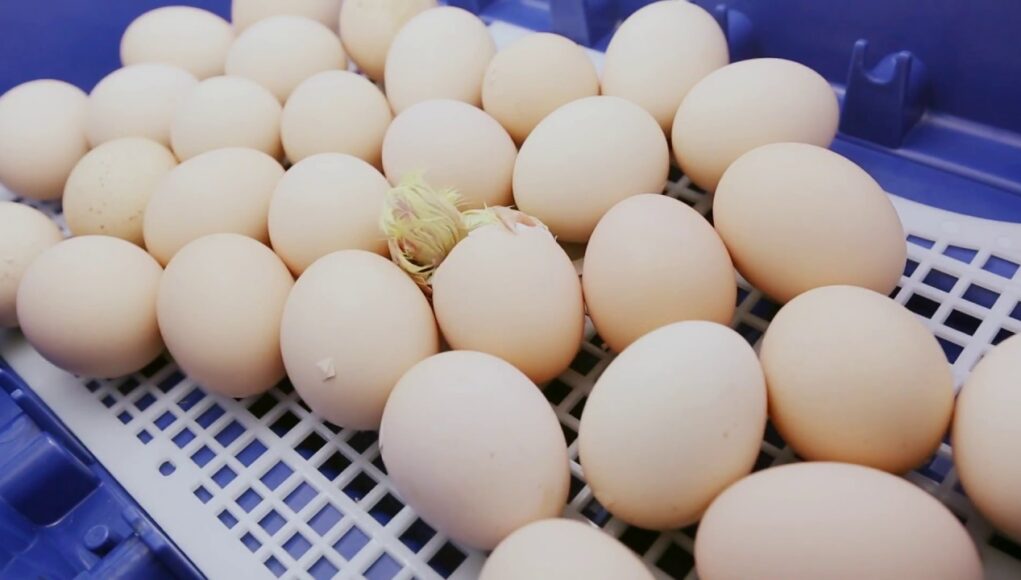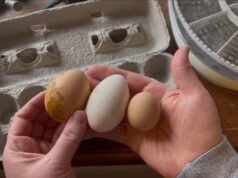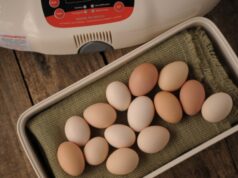In the world of poultry keeping, the question of whether incubators should be covered is often posed by enthusiasts and professionals alike. For those who nurture an interest in chicken rearing, understanding the nuances of incubator management can significantly impact the hatching success rate. This article delves into the considerations surrounding the coverage of incubators, providing essential insights for chicken lovers.
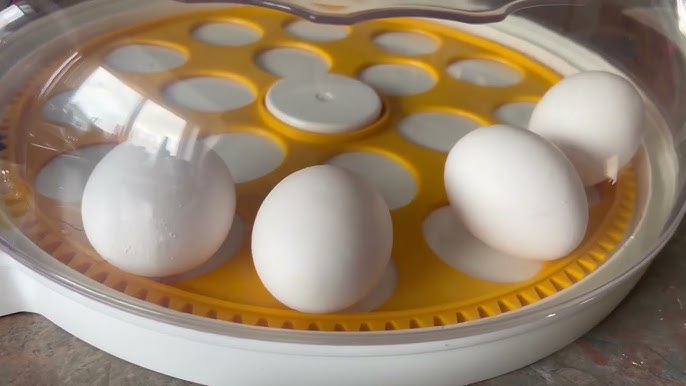
Introduction to Egg Incubation
Egg incubation is a critical process for poultry keepers who aim to hatch their own chicks. An incubator is an artificial method of hatching eggs, providing a controlled environment that mimics the conditions under a broody hen. This method allows for the consistent and efficient hatching of eggs, an essential aspect for both hobbyists and commercial breeders.
The Purpose of Covering Incubators
The primary reason for covering an incubator is to maintain a stable environment. A cover can help in regulating temperature and humidity levels, which are crucial for the development of embryos inside the eggs.
Temperature Regulation
Temperature consistency is pivotal in the incubation process. Fluctuations can lead to poor hatch rates or even embryo mortality. Covering an incubator can act as an insulator, helping to maintain a steady temperature within the device.
Humidity Control
Alongside temperature, humidity is another critical factor in successful egg incubation. Covering an incubator can help to retain moisture levels inside, preventing the eggs from drying out. For more tips on managing humidity, read our humidity hacks.
Factors to Consider Before Covering
While covering can offer benefits, it is important to consider the type of incubator and the environmental conditions it is situated in.
Type of Incubator
Some incubators come with built-in temperature and humidity controls, while others require manual adjustments. Understanding the specifications of your incubator model is crucial before deciding to cover it.
Environmental Conditions
Consider the ambient conditions where the incubator is located. In consistently warm or humid climates, covering may not be necessary. Learn more about managing incubators in different climates in our article on incubating eggs in hot climates.
Best Practices for Incubator Coverage
If you decide to cover your incubator, there are best practices to ensure optimal results.
Material Selection
Choose breathable materials that allow for adequate airflow while providing insulation. Avoid heavy materials that could trap excess heat or moisture.
Partial Coverage
Consider partially covering the incubator to balance insulation and ventilation. This approach can help in mitigating the risks of overheating or excessive humidity.
Potential Risks of Covering Incubators
While there are benefits, covering incubators can also pose potential risks.
Overheating
One of the primary risks is overheating, especially if the covering material is too thick or if the ambient temperature is already high.
Reduced Air Circulation
Proper air circulation is essential for the development of embryos. A tightly covered incubator may hinder this, leading to poor hatching outcomes.
When Not to Cover an Incubator
There are scenarios where covering an incubator may not be advisable.
Built-in Control Systems
For incubators with advanced control systems, covering may interfere with their built-in mechanisms, leading to inaccurate readings.
High Ambient Humidity
In environments with high humidity levels, additional covering might lead to excessive moisture, which can be detrimental to eggs.
Alternatives to Covering Incubators
Instead of covering, consider alternative methods to manage temperature and humidity.
Adjusting Room Conditions
Modify the room temperature or humidity where the incubator is placed to achieve the desired conditions inside the chamber.
Using Incubator Accessories
Utilize accessories such as humidity pads or thermometers to monitor and manage the internal environment effectively.
Conclusion
Deciding whether incubators should be covered depends on various factors, including the type of incubator and environmental conditions. By understanding these aspects and following best practices, chicken enthusiasts can enhance their hatching success rates. For further guidance, explore our troubleshooting guide.
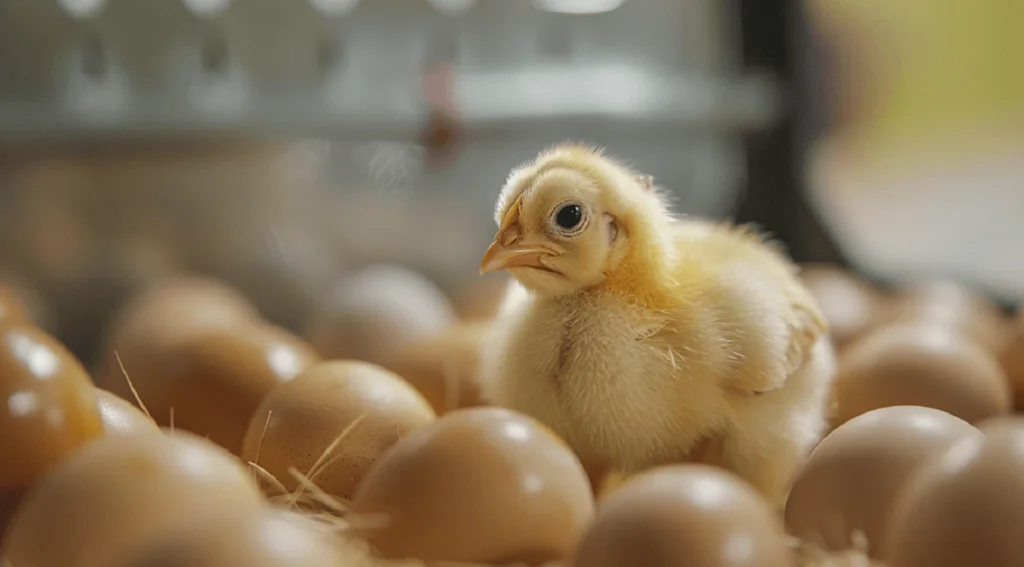
FAQ
1. Can covering an incubator completely affect egg development?
Yes, complete coverage can lead to overheating and reduced air circulation, which may negatively impact egg development.
2. What materials are best for covering an incubator?
Breathable materials such as lightweight cloths are recommended to maintain airflow while providing insulation.
3. How can I ensure proper humidity inside the incubator?
Using a hygrometer and adjusting room conditions can help maintain the ideal humidity level. For more tips, visit our external guide on incubator management.
This article contains affiliate links. We may earn a commission at no extra cost to you.
